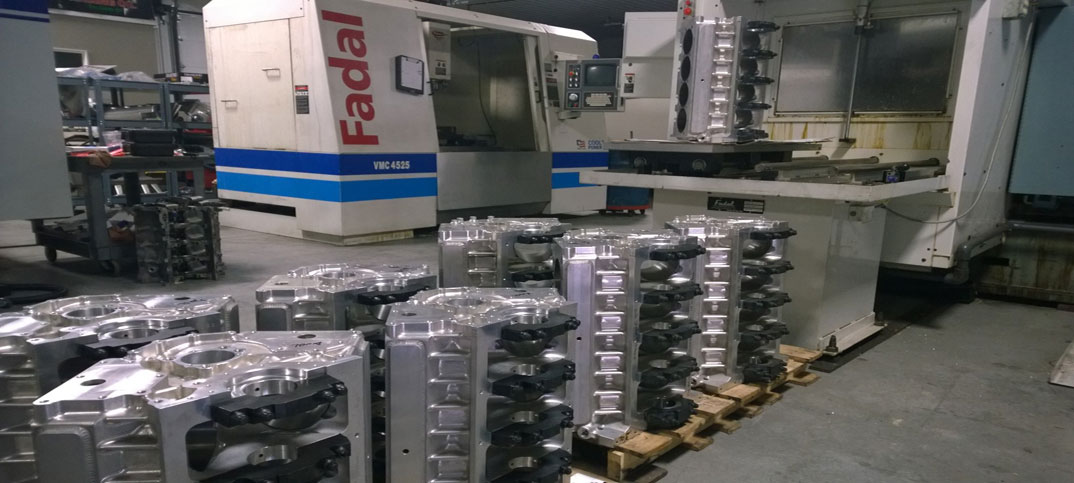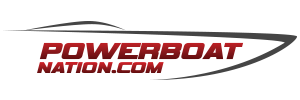EVOLUTION. Evolution is what your witnessing right now in the performance engine business. The driving forces behind this evolution are technology and push by consumer demands. Goodwin Competition is leading the way with their very own engine platform and right now two full sets of their latest offerings are being readied for Bill Pyburn and Chris Bradley’s new Platinum Skaters.
The engine industry has had some limitations with what is available for use to build custom high horsepower engines. It hasn’t stopped the guys like Todd Goodwin because when what you want or need is not available he just goes out and builds it for the customers who demand it.
With the progress of the Platinum Skaters in full swing we wanted to delve deeper into just what sets the Goodwin packages apart. Todd says while its the whole package that provides the end result. The facts are that the proprietary billet engine block, heads, and intake manifolds are what actually make it all possible.
Now you have an exclusive look into what a 2000 plus horsepower engine block starts out as. First is the absolutely over the top complement of incredible CNC machines and machining capabilities at the Goodwin Competition production facility. At first glance you might think they were building high end parts for Boeing and NASA. Spotless, organized, and covered with unusual looking parts and pieces.
One major piece that is not so familiar are huge aluminum chunks of raw material. 10,000 lbs of certified T6 aluminum square ingots. That is more weight than your most your trucks that haul your boats around.
Next Goodwin Competition starts with a piece of this high end aluminum that is nearly 2 foot square by 1-1/2 foot long billet ingot of material. This massive hunk of aluminum weights 675 lbs in its raw form and Goodwin has designed all of his own tooling just to be able to manage these a giant sections of material.
Once the material has been hoisted into the machine the Goodwin team starts the CNC machining process on its first operation that will last for a total 127 hours. During this time all aspects of the engine block build are cut into the engine block and its water jacket cooling system. As the block comes out of it first steps of cutting and sculpting the raw material they are left with is a state of the art 125 lb, billet, 5.0″ inch bore spaced, 11″ deck height, custom 3″ cam tunnel, engine block that looks like it belongs in a museum as a piece of art.
This is not the only time this engine block will sit in the CNC machine as Todd points out that through the heat treating process and water jacket construction the block dimensions shift. Goodwin will have this block in the machining center for a total of 12 additional hours to true everything and verify all tolerances. So think about that! A normal work week of 40 hours would make it literally 3-1/2 weeks or almost a month of just machining time to build an engine block like this.
So after all of that if your wondering why would some one go to such lengths to produce a product like this and really want a billet engine block over a cast aluminum version? Simple answer is STRENGTH! A billet engine block is 35% stronger than cast and it is about 30 lbs lighter than a cast alternative.
Lastly MORE POWER! A billet engine blocks offer the most precision with cylinder bores and surfaces. As I always say, “The devil is in the details and these engines will prove to be powerful and last longer than the other alternatives available!
Enjoy the pictures, think of all the possibilities, and come back soon for more information and details on these incredible builds!









